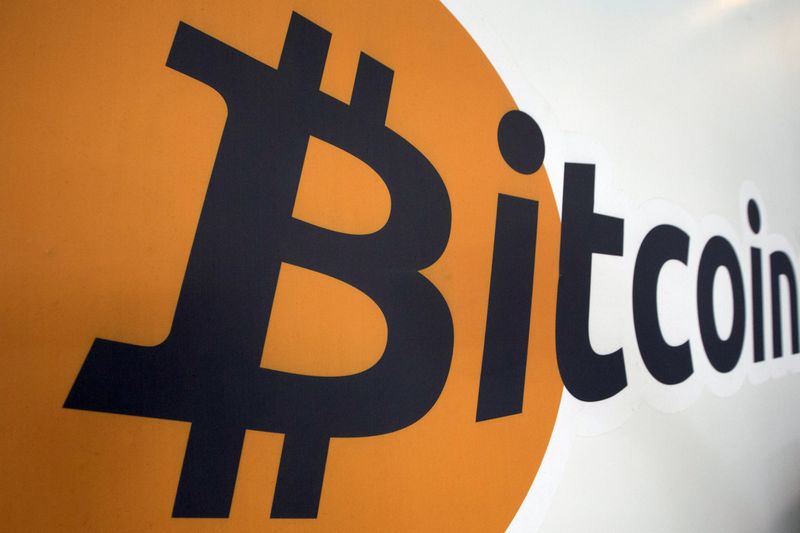By Amit Gajjala
DeFi investors have many innovative tools at their disposal. One of the newest is liquid staking, which is a lever that unlocks liquidity for investors without sacrificing the reliable returns of staking tokens within a proof-of-stake protocol. Thanks to this powerful tool, DeFi investors can increase yields and generally put their investments to work more soundly across different strategies.
What is liquid staking? Let’s define liquid staking by breaking it up into two parts: first, we have staking. This is when token holders delegate their tokens to validators, who then in turn are responsible for operating the network. This process is fundamental to proof-of-stake networks, which use staking to secure the network and make it scalable.
But there’s an issue with requiring people to lock their tokens to a network: they lose access to those tokens. That loss of liquidity is why holders are incentivized to stake with rewards: it compensates for the illiquidity.
Liquid staking solves the illiquidity problem of proof-of-stake networks by making staked tokens liquid. In essence, investors will “lock” their staked tokens into a staking protocol, and receive a synthetic token in return, which represents the underlying staked asset. That token is now “liquid,” as it can be used elsewhere in the crypto ecosystem – without sacrificing the staking rewards earned by the underlying staked asset.
This is how liquid staking works:
As you can see, the advantage of liquid staking is that investors can earn staking rewards without sacrificing the opportunity costs of losing access to that asset. It’s the best of both worlds: staking returns, plus yield from DeFi strategies, such as providing liquidity on a decentralized exchange.
The combination of stable staking rewards and better yield can make liquid staking one of the most powerful strategies for retail investors looking to increase their return on investment in DeFi.
How to use liquid staking to boost DeFi yields Synthetic tokens can be used elsewhere to augment your DeFi strategies. In essence, investors can boost their overall yields by both earning staking rewards and then leveraging those synthetic assets elsewhere, further boosting their overall yield.
Some strategies to consider for investors:
What’s next for liquid staking The rising popularity of proof-of-stake, which is nearing $200 billion staged across 4.5m wallets, is only going to further accelerate the expansion of liquid staking. As investors look to support their preferred networks - and earn staking rewards - many will also seek to unlock additional opportunities for their capital.
Liquid staking is a perfect companion to proof-of-stake networks, as it encourages higher participation in securing the network via staking. This is a virtuous circle: as more investors support proof-of-stake neworks with their capital, more developers will deploy the economic, technical and participatory benefits of the technology. Liquid staking enables the pure ethos of DeFi: empowering users with the financial tools to build better financial futures.
Amit Gajjala is the CEO of Stader Labs, where he’s building infrastructure for the next generation of blockchain technologies.
© 2022 Benzinga.com. Benzinga does not provide investment advice. All rights reserved.
